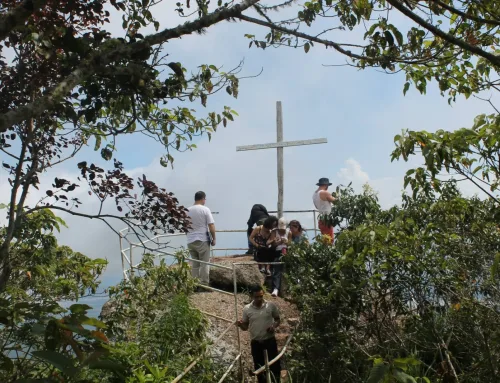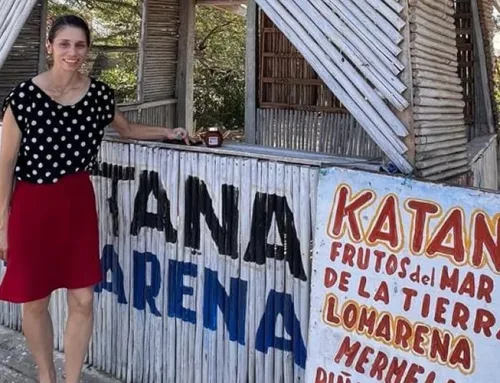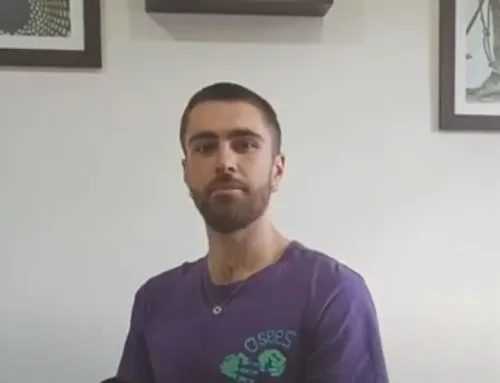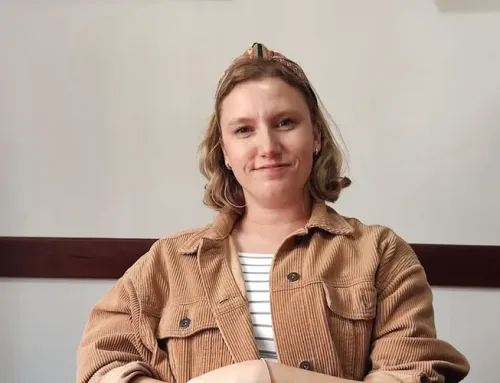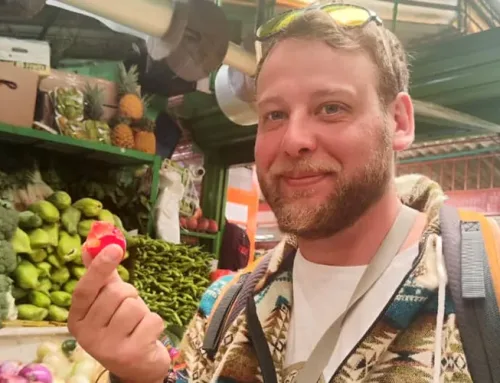Gethsemane, our home
the spanish school Nueva Lengua was born in 2003 with the desire to work for the promotion of tourism in Colombia, offering cultural and language experiences to visitors from all over the world. We launched our website in June of that year, and in less than a week we were already welcoming our first Spanish student to Cartagena, heart of the Colombian Caribbean Coast.
Since then, Nueva Lengua has had a permanent headquarters in the city, which, together with our schools from Bogotá, Medellín, Ibagué and Guaduas has become a true cultural center: a meeting place for people from all latitudes and with a unique human richness. The first of these venues was located on the island of Manga, and a year later we had moved to Calle del Pozo, in the Getsemaní neighborhood, a place that adopted us and has been our home in the city ever since.
It is no secret to anyone that, for a long time, Getsemaní was seen as little more than a ghetto and was not even on the radar of the most enthusiastic Cartagena residents. However, its inhabitants decided to bet on its revival, and for some two decades they have promoted it through art, cooking and dance.
En Nueva Lengua We are proud to have contributed our "grain of sand" to this rebirth of the neighborhood, and although we were not born here, we feel from Gethsemane. But then the big question arises: what are we? "Getsemanicenses" with C, or "Getsemanicenses" with S?
What are the gentiles?
In Spanish, as in many other languages, there is a certain type of adjective, called "gentilicio", which denotes or indicates the geographical origin of a person or an object. Generally, the demonyms are built from the name of the place, plus a suffix which indicates the relationship of origin that the subject has with said place.
Thus, for example, people born in Cartagena are called “cartageneras” or “cartageneros”, which is the root of the name of the city (cartagen-) + the suffix that indicates origin (-ero/-era). Another example is that of those born in Bogotá, called “bogotanos” and “bogotanas” (root bogot- + suffix -ano/-ana), or those from Ibagué, known as “ibaguereños” and “ibaguereñas” (root ibague- + suffix -reños/reñas).
We see, then, that these suffixes are not the same in all cases and that they vary from place to place (-ero, -ano, -reños, among others). That is why sometimes there are doubts about what is the correct way to say and write some demonyms. In addition, in the case of the Gethsemane demonym there is also an additional doubt.
El lisp
Getsemaní is a neighborhood of Cartagena de Indias, a city on the Caribbean Coast of Colombia, in Latin America. And, as you may already know, one of the most marked characteristics of Latin American Spanish is the famous lisp, that is, the tendency to pronounce the S and the C with the same sounds. An example of this is the word “cepillos”: while in Spain the first and last letters of this word would be pronounced in two completely different ways, here in Latin America both would sound the same.
For this reason, there is a question as to whether the adjective for Getsemaní is “getsemanicense”, with C, or “getsemanisense”, with S: no matter how you write it, in the Spanish we speak in Colombia, both forms sound the same.
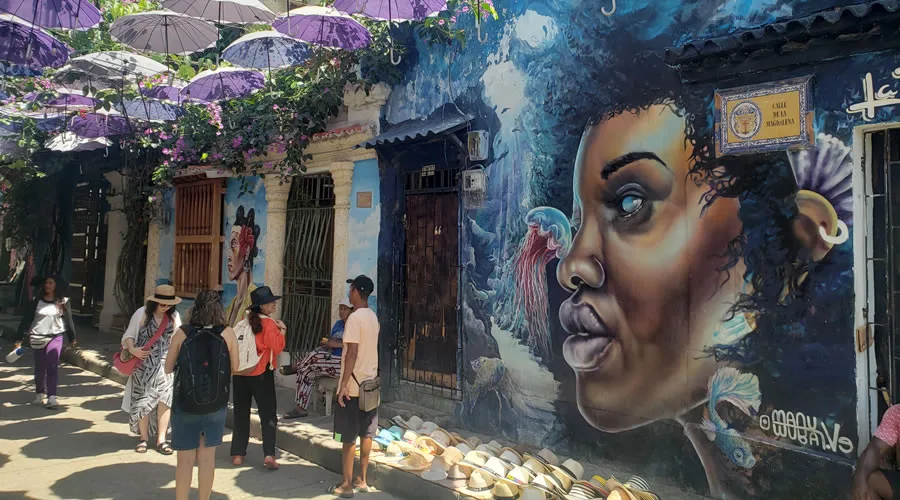
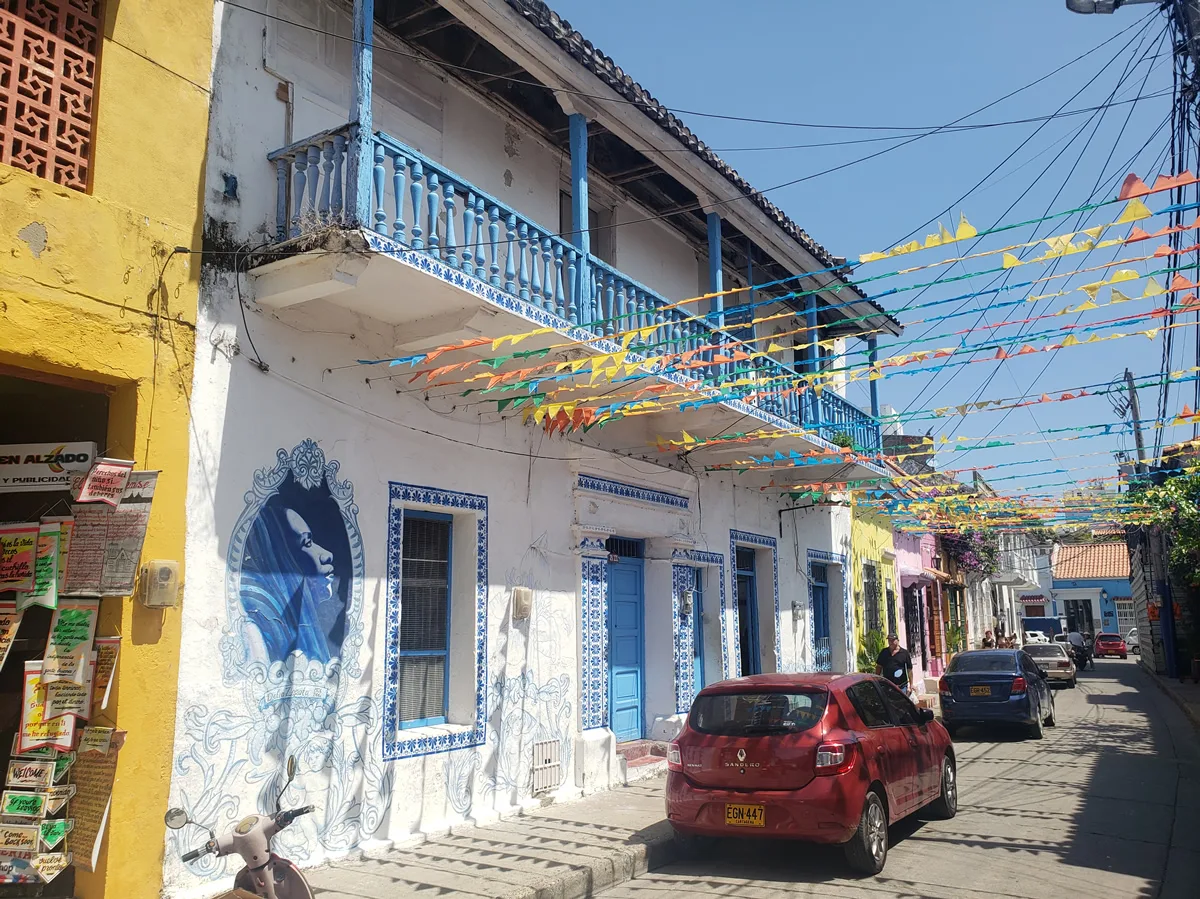

So... what is the name of Gethsemane?
Faced with this problem, the Royal Spanish Academy (RAE), as well as the Urgent Spanish Foundation (Fundéu), indicate that the spelling rule for demonyms is very simple: How do you write and pronounce a demonym? As the locals prefer it! They are the ones who give life to the territories, and that is why they themselves are the ones who decide what they want to be called.
For this reason, if it is written with a C or an S, it really doesn't matter: the important thing is that Getsemaní belongs to its people, to the Gethsemane people and Gethsemane people at heart, who work every day so that this neighborhood —our neighborhood— continue living the transformation process that today leads it to be cataloged by the magazine Forbes as one of the 12 coolest neighborhoods on the planet.
Learn Spanish in Getsemani
The headquarters of Nueva Lengua in Cartagena it is located in Getsemaní, half a block from the historic Plaza de la Trinidad. There we have classrooms, terraces, a swimming pool, a gazebo for dance classes, and the student residence. In addition, during your time at the school you will have the opportunity to get to know Getsemaní with us through tourist activities, such as walking tours, gastronomic tours, visits to its main points of artistic and cultural interest, and much more.
Led by our teachers, teaching professionals with experience in Spanish as a Foreign Language (ELE), your time in Cartagena will become a total language and cultural experience.
Check the plans that we have for you in the city, or write to us at info@nuevalengua.com for more information about our Spanish courses and cultural immersion In colombia.
All the articles in this blog have been written by the teachers of our school and by students from different countries who traveled to Colombia to learn Spanish.
“You travel too and study Spanish in NUEVA LENGUA"
Follow us on our social networks:
RELATED VIDEOS
MEDELLÍN - GUADUAS

